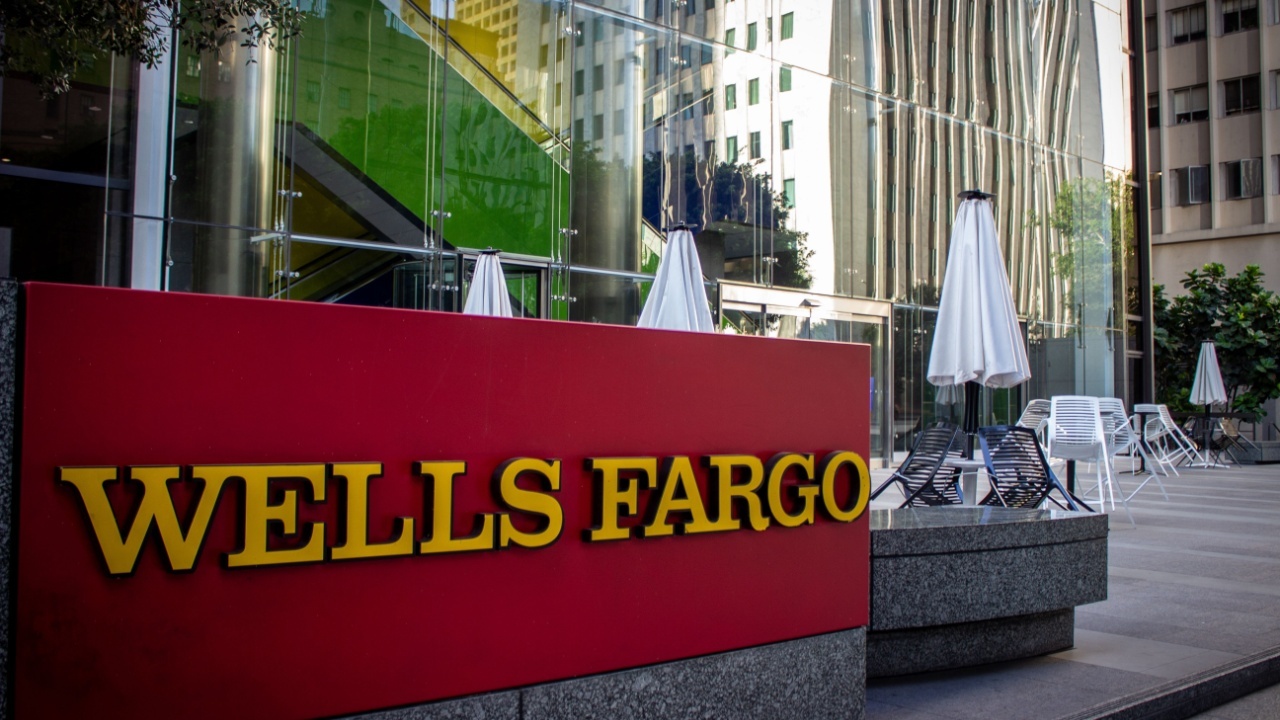Fisker (OTCMKTS:FSRN), a California-based automotive company, filed for Chapter 11 bankruptcy protection. And this isn’t the story of one failing electric-vehicle (EV) manufacturer.
The Fisker bankruptcy filing is emblematic of the ultra-challenging EV landscape in 2024, in which reality is often much harsher than fantasy.
Granted, there’s a vast difference between a tiny EV startup like Fisker and a behemoth like Tesla (NASDAQ:TSLA). However, Fisker’s failure may be a warning shot for investors of small and mid-sized EV makers — and even for the seemingly almighty Tesla.
The point here isn’t to dissuade everyone from investing in EV stocks altogether. We’re all just trying to figure out where this whole EV movement is headed and whether there’s enough room for multiple start-ups to thrive or even just survive.
From SPAC boom to demand disappointment
When the COVID-19 pandemic hit the U.S. in early 2020, the market’s appetite for risk-on assets was practically nonexistent. Fast-forward to 2021, and it felt like every stock trader was on the lookout for the next shiny object.
The flavor of the year in 2021 was special-purpose acquisition companies, or SPACs. They are shell companies with no meaningful, revenue-generating operations that help start-up businesses get listed on a public stock exchange via a merger.
Fisker was among the EV start-ups that got listed through a SPAC merger (or technically, a reverse merger) during this exciting time. Other examples include Lordstown Motors, an electric pickup truck manufacturer that once traded under the ticker symbol RIDE, and British electric delivery van maker Arrival (OTCMKTS:ARVLF).
In hindsight, it’s easy to declare that there wasn’t enough room for all of these speculative EV SPACs to succeed. However, former believers like small-business owner Chuck Heinle didn’t have the benefit of hindsight during the heyday of the EV SPAC boom.
“I invested quite a bit of money” in Fisker stock, Heinle told The Wall Street Journal. “I believed in them. I was thinking they were the next Tesla,” he added.
Everything changed in 2022 and 2023. The inflation rate surged, and so did interest rates. Vehicle affordability became an issue for car buyers, and the market’s speculative fervor for high-risk assets waned.
Consequently, EV demand softened in the U.S. and elsewhere. EV manufacturers that sold high-end EVs, such as Sweden’s Polestar (NASDAQ:PSNYW), were forced to trim their vehicle-delivery forecasts.
Meanwhile, even Tesla struggled with its oddball Cybertruck electric truck rollout, with Tesla CEO Elon Musk admitting, “We dug our own grave with Cybertruck.”
A lesson about “good news”
Of course, Fisker wasn’t immune to the impact of the EV-demand slowdown. Late last year, the automaker slashed its full-year 2023 vehicle-production guidance range from 20,000 to 23,000 units to just 13,000 to 17,000 units.
“This may be short-term pain and it may not be something that Wall Street wants to hear, but it is extremely responsible for us, and it is essential for us that we do this for the long term,” Fisker Chief Financial Officer Geeta Fisker explained at the time.
However, it turned out that this wasn’t just “short-term pain.” In February, Fisker provided a warning about the company’s ability to pay its debts; then in April, the company withdrew its 2024 financial and operational guidance.
Around that same time, Fisker enacted deep price cuts on its vehicles, likely in response to Tesla’s price reductions and cooling EV demand. Stunningly, Fisker slashed the “US MSRP on the 2023 Ocean Extreme trim from $61,499 to $37,499.”
Yet, some of the company’s press releases suggested it was doing just fine. Fisker announced multiple new dealer-partner additions in April and then again in May. Moreover, the automaker added half a dozen new sales locations and disclosed a multi-million-dollar capital infusion from an unnamed “existing institutional investor.”
With so much “good news,” one might have concluded that Fisker was on the fast track to success. However, the EV start-up graveyard was already starting to fill up, with Lordstown Motors and Arrival having filed for Chapter 11 bankruptcy protection.
We can now add another EV SPAC start-up to that list now, as Fisker just filed for bankruptcy protection in Delaware. This occurred just about a year after the company finally delivered its first EV model, the much-touted Ocean SUV.
A Fisker spokesperson claims that filing for Chapter 11 bankruptcy protection is the “most viable path forward for the company.” Yet, it’s unclear at this point whether there’s actually any “viable path forward” at all for Fisker — or, for that matter, for the slew of “next Teslas” and even Tesla itself as big-money dreams take a nightmarish turn.












